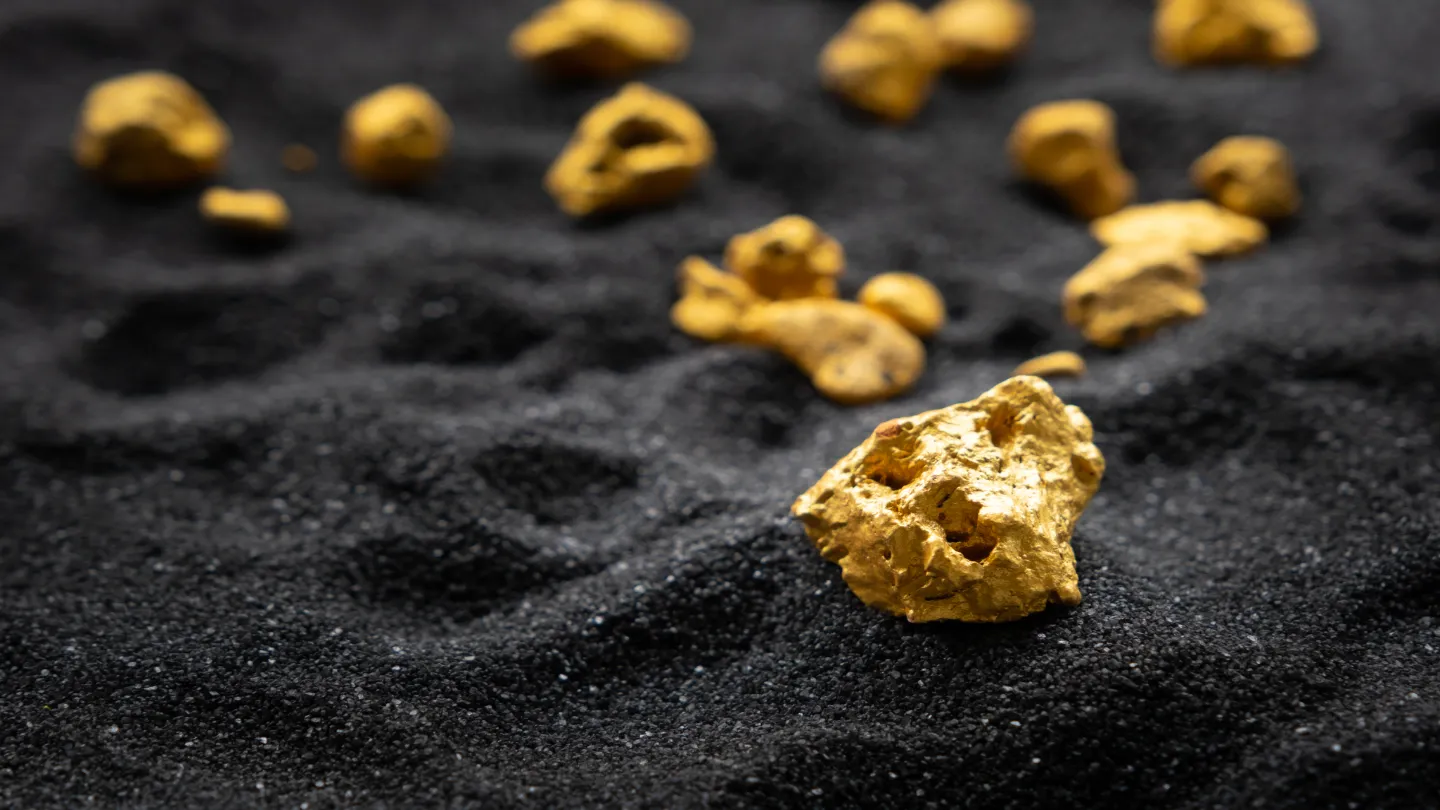Lynn Lake Project is a gold mine located in northern Manitoba in Canada. The project is fully owned by Canadian-based gold producer Alamos Gold.
In August 2023, the company released the results of an updated Feasibility Study (FS) for the project. The study superseded the previous study completed in 2017.
The updated FS was based on two historical gold mines- the Gordon and MacLellan deposits. It estimated that Lynn Lake will produce 207,000 ounces annually over the first five years.
The development of the project will entail an initial capital expenditure of $632m.
Alamos Gold announced construction decision on the Lynn Lake project in January 2025. The official start of construction was marked by a groundbreaking ceremony held in March 2025.
In February 2025, the company reported positive results of an internal economic study completed on its Burnt Timber and Linkwood satellite deposits located in proximity to the Lynn Lake project. These deposits are anticipated to supply additional mill feed and extend the overall mine life of the combined Lynn Lake project to 27 years.
The gold project is expected to achieve initial production in the first half of 2028.
During the two-year construction phase, the project will create more than 600 construction jobs. It is also expected to support around 450 ongoing jobs during operations.
Lynn Lake Project Location
The Lynn Lake project is situated in northern Manitoba. The two sites- MacLellan and Gordon- are located approximately 7km and 37km east of the Town of Lynn Lake, respectively. Collectively, the land package includes 361 dispositions consisting of 333 staked mining claims, nine Crown mineral leases, and 19 Crown surface leases.
The MacLellan and Gordon sites are accessible via private all-weather gravel roads that connect to Provincial Road 391 (PR 391). This provincial road connects Lynn Lake with Leaf Rapids, 105km to the east, and Thompson, 315km to the southeast.
Geology and Mineralisation
The Lynn Lake Gold Project lies within the Paleoproterozoic Lynn Lake Greenstone Belt (LLGB), part of the Churchill Structural Province of the Canadian Shield. The LLGB comprises volcanic rocks of the Wasekwan Group, sedimentary rocks of the Sickle Group, and various plutonic intrusions. It is divided into North and South Belts trending northeast from Saskatchewan’s La Ronge Greenstone Belt.
The MacLellan property is in the western North Belt, hosting high-grade ore zones within altered ultramafic flows, basalts, and volcaniclastic rocks. The Gordon property, located in the eastern North Belt, features gold-bearing, sulphidised veins primarily within iron formation, with additional mineralisation near a diorite intrusion.
Both deposits are classified as orogenic gold systems, characterised by structurally controlled mineralisation formed from metamorphic or magmatic fluids during regional deformation.
Lynn Lake Project Reserves
According to the 2023 study, Lynn Lake hosts proven and probable mineral reserves of 47.6 million tonnes at grades of 1.52 g/t gold and 3.57 g/t silver, containing 2.3 million ounces of gold and 5.5 million ounces of silver.
The figure marked a 44% increase in gold reserves compared to the 1.6 million ounces reported in the 2017 study.
Mining and Recovery
The Gordon and MacLellan deposits will be developed using conventional open-pit, shovel-and-truck methods. Mining at both sites will run concurrently for the first five years.
A two-year pre-production phase at MacLellan and one year at Gordon included in the capital plan. Due to its higher grades, Gordon will be mined more intensively and is expected to be depleted after five years. After it winds down, equipment will be shifted to MacLellan for the remainder of its mine life.
The mine plan outlines annual total material movement ranging from 4 to 49 million tonnes over 11 years. Peak mining rates are projected at 16Mtpa at Gordon and 33Mtpa at MacLellan.
The updated report estimates the operations will require a mining fleet comprising 23.5m³ hydraulic shovels, 16 140-tonne haul trucks and 12 70-tonne trucks at Gordon.
The tailings management facility (TMF) will be located around 2km northeast of the planned open pit.
The Lynn Lake process plant is designed as a conventional milling operation with a nominal capacity of 8,000 tonnes per day (tpd). Based on a leach/carbon-in-pulp (CIP) circuit, the plant will include crushing, grinding, thickening, pre-aeration and leaching, CIP, cyanide detoxification, carbon elution and regeneration, and gold smelting.
The processing flowsheet includes two-stage crushing and a crushed ore silo; semi-autogenous grinding (SAG); ball mill grinding and classification; leaching and CIP adsorption; desorption and gold room; tailings detoxification and disposal; fresh and reclaim water supply; and reagent preparation and distribution.
Mill recoveries over the life of mine are expected to average 93.7% for gold and 48% for silver.
Contractors Involved
The Lynn Lake Feasibility Study was prepared by Alamos Gold’s technical team in collaboration with several third-party consulting firms.
Worley Canada was responsible for the process plant and general infrastructure design and costing, while AGP Mining Consultants handled open pit design, mine planning, equipment selection, and capital and operating cost estimates for the pits.
Stantec Consulting provided support for environmental planning, assessment, licensing, and permitting; and WSP Canada contributed to the design of the tailings management facility, geotechnical investigations, pit slope design, and water management.




